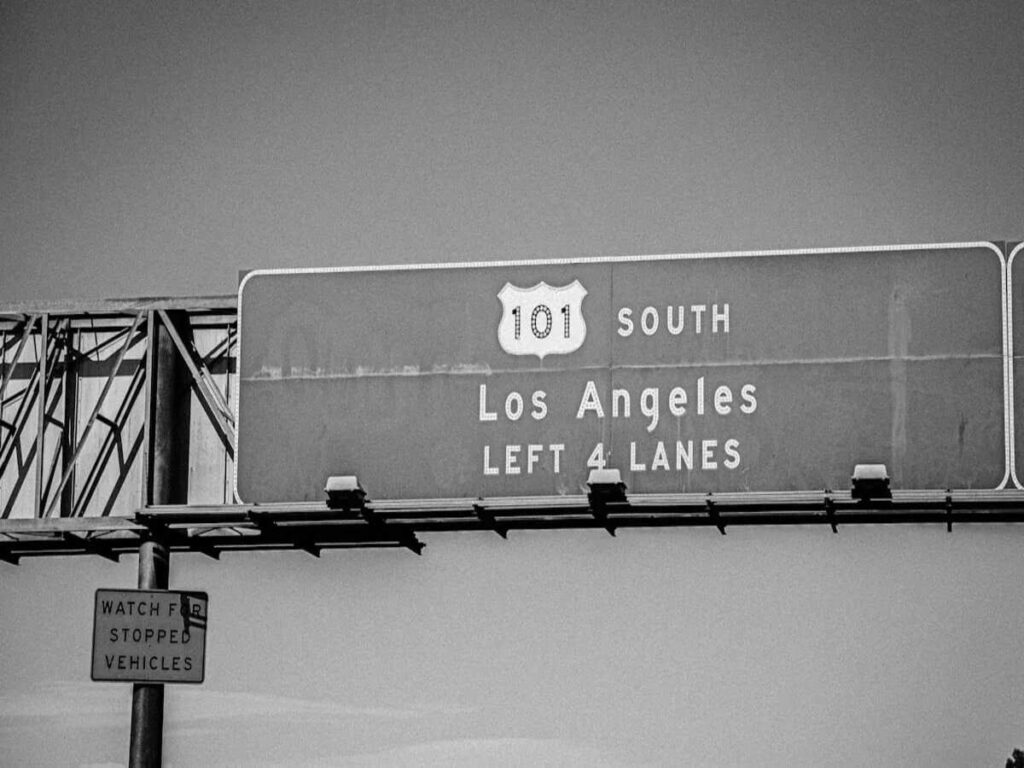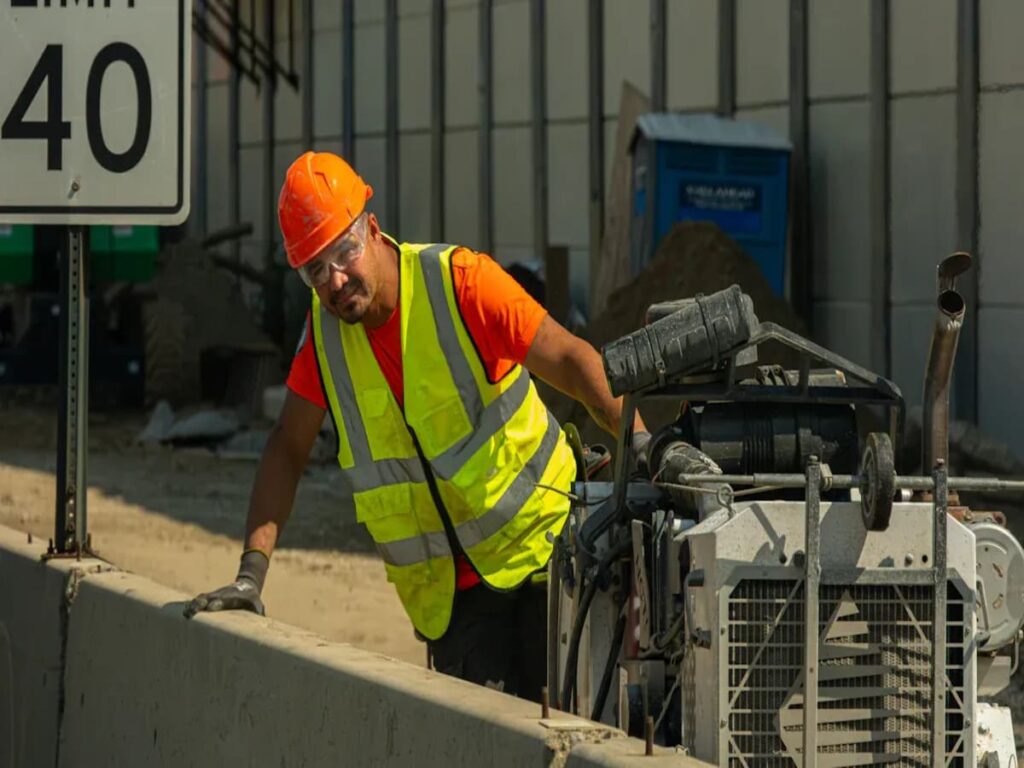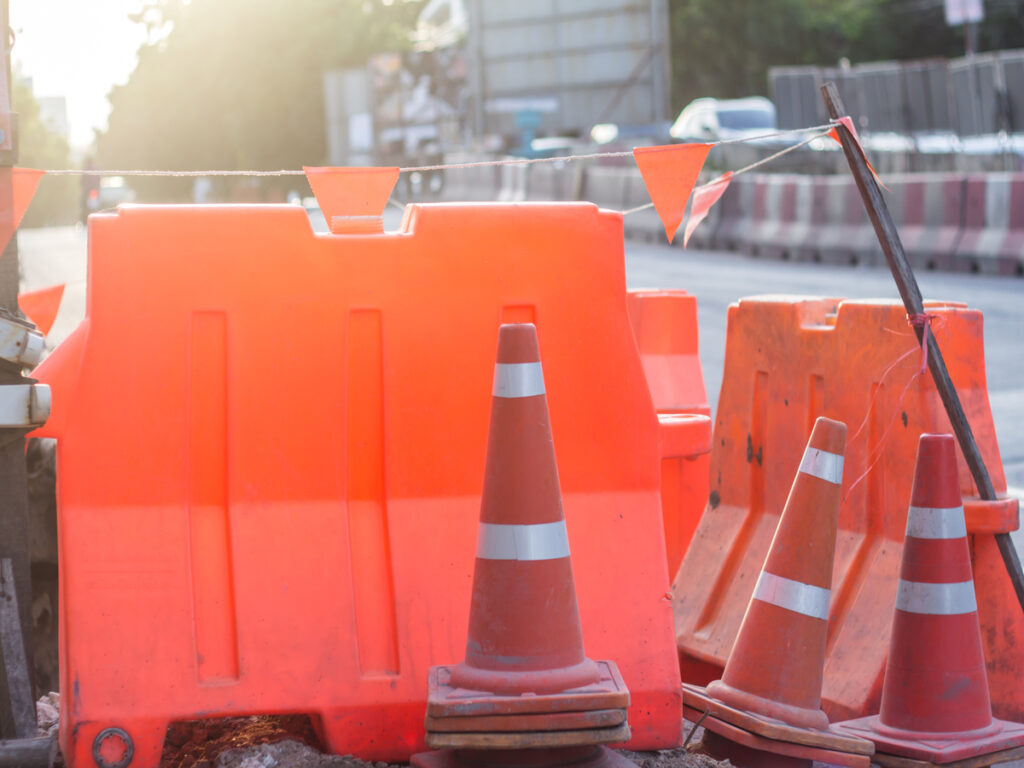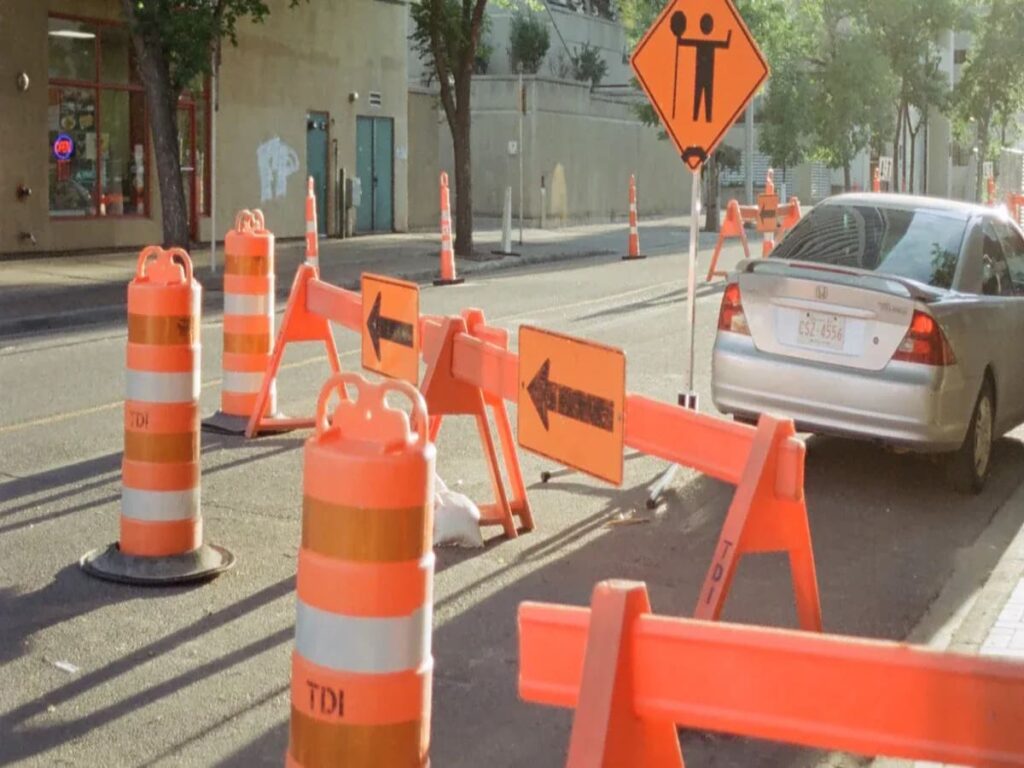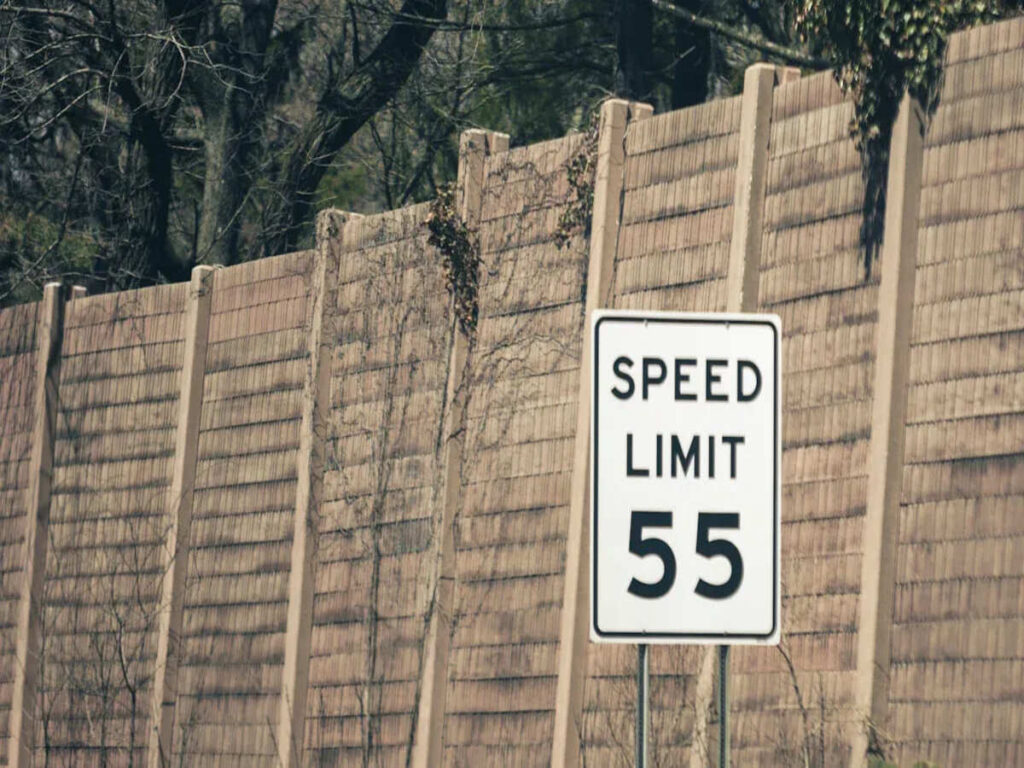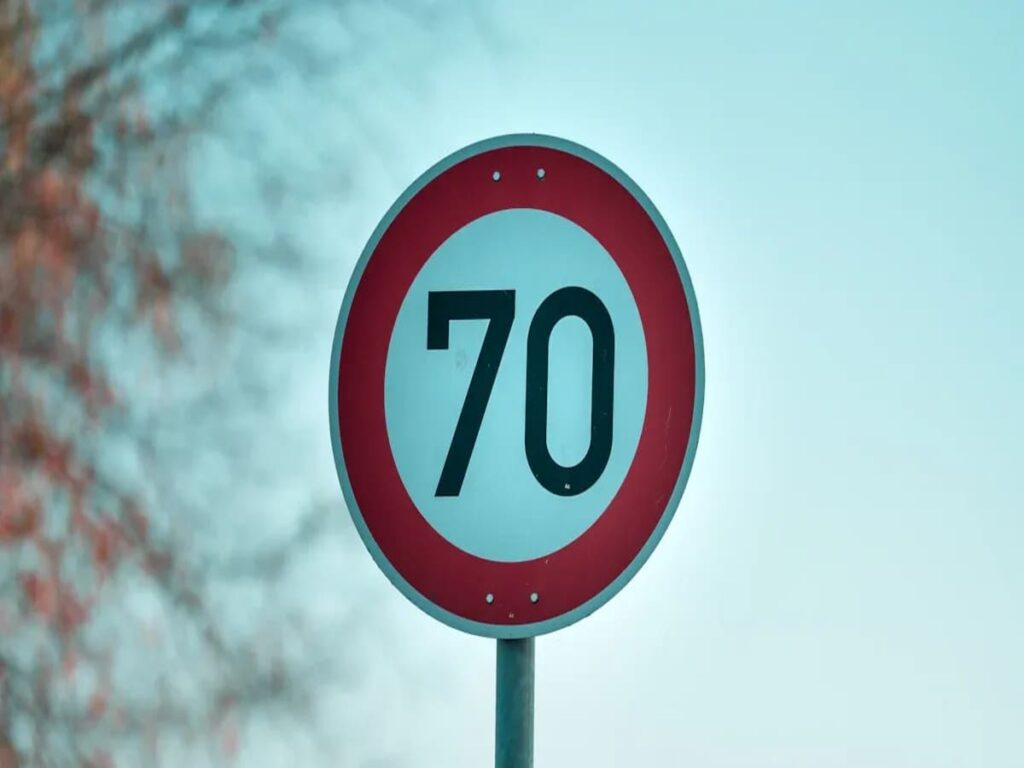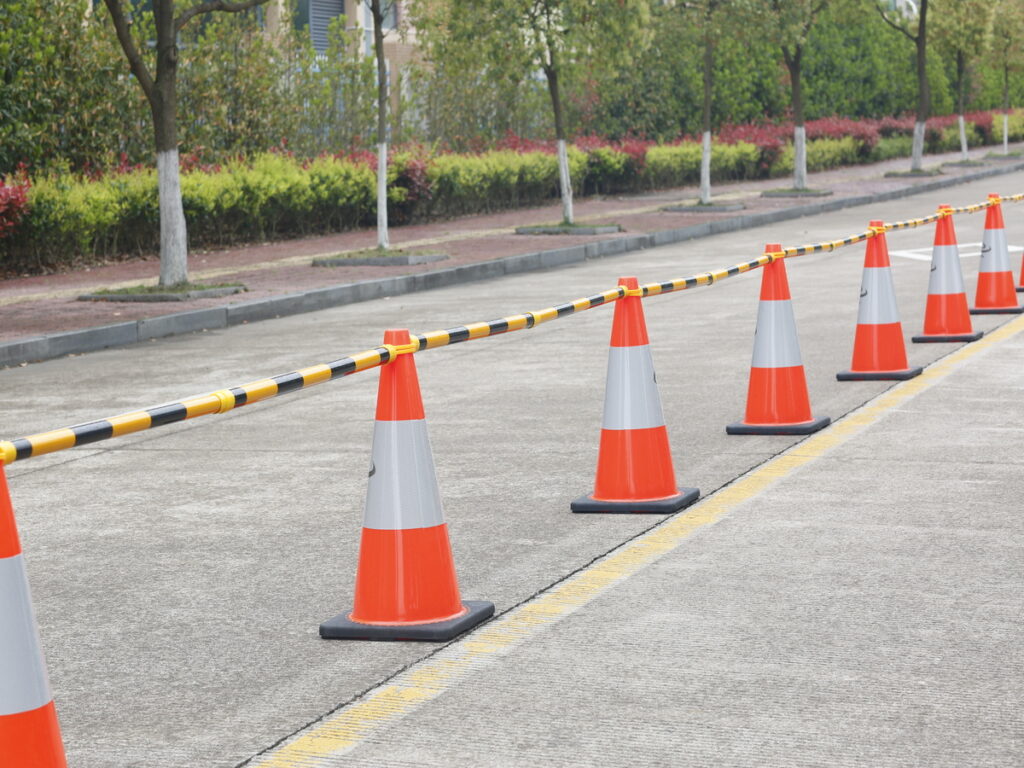
Traffic cone bars are portable tools designed to connect traffic cones and create temporary barriers. You can use them to improve traffic safety and manage spaces effectively. Their bright colors and reflective features make them highly visible, even in low-light conditions. These traffic cone bars enhance safety by marking restricted areas and guiding vehicles or pedestrians. They are lightweight and easy to set up, allowing you to adapt them to various environments. Whether you need to organize a parking lot or control a crowd at an event, traffic cone bars provide a practical solution. OPTsigns offers high-quality traffic cone bars that are durable, reliable, and suitable for a wide range of safety and management applications.
What Are Traffic Cone Bars?
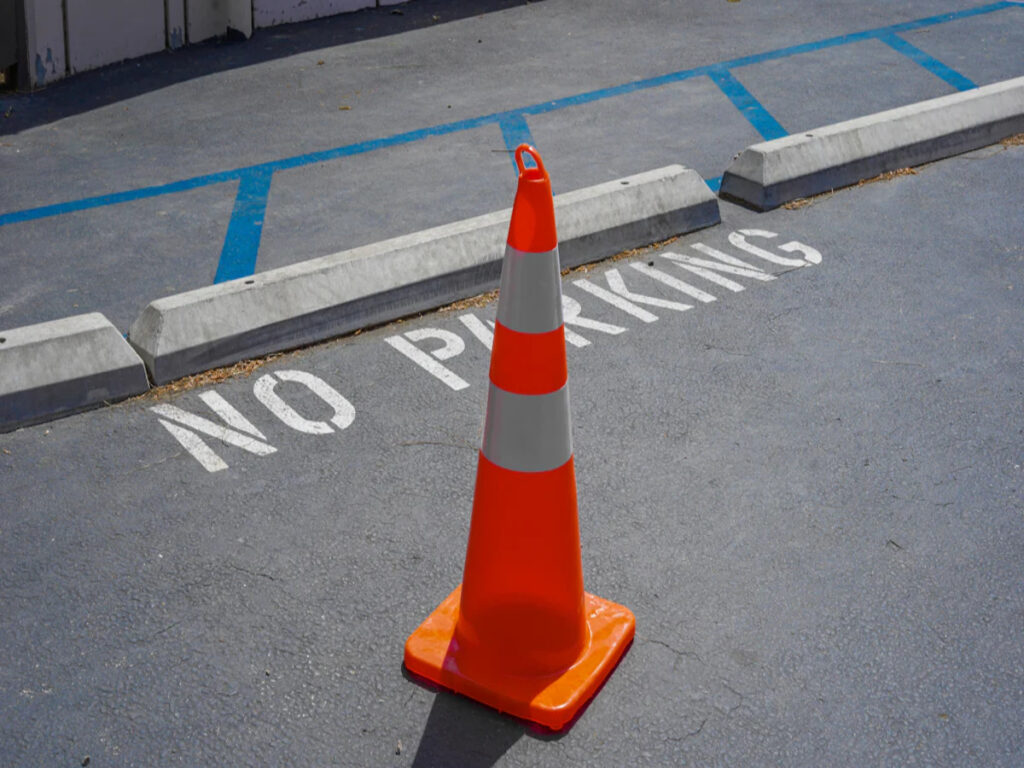
Definition and Key Features
Adjustable design and materials
Traffic cone bars are designed to be adjustable, making them suitable for various safety and organizational needs. Most standard retractable cone bars can extend from 4 feet to 7 feet, while others range from 6 to 10.5 feet. This flexibility allows you to adapt them to different spaces and scenarios. Manufacturers typically use durable materials like PVC or ABS, ensuring the traffic cone bars can withstand outdoor conditions. Many models also feature reflective sheeting, which enhances visibility in low-light environments.
OPTsigns’ traffic cone bars are crafted from durable PVC plastic with PP end loops, ensuring long-lasting reliability and performance in various traffic management applications.
Compatibility with traffic cones
Traffic cone bars are specifically designed to work seamlessly with traffic cones. Their ends fit securely onto the tops of cones, creating a stable connection. This compatibility ensures that you can quickly set up barriers without additional tools. The bars are available in various reflective color combinations, such as orange and white or yellow and black, which match the colors of standard traffic cones. These coordinated designs improve visibility and create a professional appearance.
- Common reflective color options include:
- Reflective Yellow/Black
- Reflective Blue/White
- Reflective Red/White
- Reflective Orange/White (ideal for work zones)
How Traffic Cone Bars Work
Simple setup and installation
Setting up traffic cone bars is straightforward. You only need to attach the ends of the bar to the tops of two traffic cones. This process takes seconds, allowing you to create barriers quickly. The lightweight design makes it easy to move and adjust the bars as needed. You can reposition them effortlessly to accommodate changing traffic conditions or event layouts.
- Key setup features:
- Quick attachment to matching traffic cones.
- Easy to adjust for different applications.
- Lightweight for convenient transport.
Mechanism for creating temporary barriers
Traffic cone bars act as physical barriers by connecting cones to block off areas. Their bright colors and reflective surfaces make them highly visible to drivers and pedestrians. This visibility helps prevent accidents and ensures that restricted zones are clearly marked. The bars are also removable and reusable, allowing you to repurpose them for different tasks.
| Mechanism | Description |
|---|---|
| Attachment to Cones | A specially designed attachment fits securely onto the top of a traffic cone, ensuring stability. |
| High Visibility | Bright colors like orange or yellow enhance visibility for drivers and pedestrians. |
| Physical Barrier | Creates a barrier that prevents vehicles from entering restricted areas. |
| Flexible Setup | Easy to install and adjust for changing traffic conditions. |
| Removable and Reusable | Can be easily removed when not needed, allowing for repurposing. |
By combining ease of use with high visibility, traffic cone bars provide an effective solution for creating temporary barriers in various settings.
Uses of Traffic Cone Bars

Traffic Management Applications
Redirecting vehicles in construction zones
You can use traffic cone bars to guide vehicles safely through construction zones. These bars connect traffic cones to create clear lanes, reducing confusion for drivers. Their reflective materials improve visibility, especially during nighttime work, ensuring road safety. By marking hazardous areas, they prevent unauthorized access and minimize accident risks.
- Common uses in construction zones:
- Lane delineation for smoother vehicle flow.
- Hazard marking to enhance safety.
- Nighttime visibility for better traffic control.
Creating temporary road closures
Traffic cone bars are ideal for setting up temporary road closures. You can quickly attach them to traffic cones to block off roads during maintenance or emergencies. Their bright colors and reflective features make them highly visible to drivers, ensuring compliance with closures. These bars provide a cost-effective and reusable solution for managing traffic in such scenarios.
Crowd Control Solutions
Organizing pedestrian flow at events
Traffic cone bars help you manage large crowds by creating designated walkways. Their adjustable lengths allow you to tailor barriers to specific event layouts. You can use them to guide pedestrians away from vehicular traffic, ensuring safety. Their lightweight design makes them easy to transport and set up, saving time during event preparations.
- Benefits for event management:
- Enhanced visibility with reflective features.
- Quick assembly and retraction for convenience.
- Portable and lightweight for easy deployment.
Marking restricted areas
You can use traffic cone bars to mark restricted areas during public gatherings. These bars create visible barriers that prevent unauthorized access. Their versatility makes them suitable for various settings, from concerts to festivals. By combining traffic cones with cone bars, you can establish clear perimeters and improve crowd safety.
- Key functions:
- Create designated walkways.
- Restrict access to certain zones.
- Direct pedestrian and vehicular traffic.
Workplace and Industrial Safety
Delineating hazardous zones
In industrial settings, traffic cone bars enhance safety by marking hazardous zones. When attached to traffic cones, they form physical barriers that restrict access to dangerous areas. Their bright colors and reflective surfaces ensure visibility, even in low-light conditions. You can use them to protect workers and visitors by clearly defining safe pathways.
Securing workspaces
Traffic cone bars help you secure workspace by creating temporary barriers. They direct pedestrian and vehicular traffic, preventing accidents in busy environments. Their adaptability to various conditions makes them essential for temporary safety measures. By combining cone bars with brightly colored cones, you can establish effective visual and physical obstacles.
- Key advantages:
- Protect pedestrians by marking safe zones.
- Restrict vehicle access to work areas.
- Adaptable to different industrial needs.
Parking and Property Management
Reserving parking spaces
Traffic cone bars offer a simple way to reserve parking spaces. You can use them to create clear boundaries for designated spots, ensuring that reserved areas remain accessible only to authorized vehicles. By connecting traffic cones with these bars, you establish a visible and organized system that prevents confusion. This setup works well in parking lots, event venues, or private properties.
Using traffic cone bars also helps control vehicle flow in parking areas. Drivers can easily identify reserved spaces, reducing the chances of unauthorized parking. This organization enhances safety and ensures smoother operations. Whether you manage a small parking lot or a large event, these tools provide an effective solution for maintaining order.
- Common applications of traffic cone bars in parking management:
- Designating reserved spaces.
- Marking entrance and exit points.
- Directing vehicles to available spots.
- Optimizing parking space usage.
- Facilitating smooth traffic flow.
Marking off private areas
Traffic cone bars are ideal for marking off private areas. You can use them to block access to driveways, loading zones, or other restricted spaces. Their bright colors and reflective surfaces make them highly visible, ensuring that drivers and pedestrians respect the boundaries.
By combining traffic cones with cone bars, you create a temporary barrier that is both functional and professional. This setup is easy to adjust, allowing you to adapt to changing needs. For example, you can quickly block off a section of your property for maintenance or special events. The reusability of traffic cone bars makes them a cost-effective choice for property management.
Tip: Use reflective traffic cone bars for better visibility at night or in low-light conditions. This ensures that your private areas remain clearly marked at all times.
Benefits of Traffic Cone Bars
Improved Safety
Clear visual barriers for drivers and pedestrians
Traffic cone bars enhance safety by creating clear visual barriers. Their bright colors, such as orange or yellow, ensure high visibility for both drivers and pedestrians. This visibility helps prevent collisions and keeps everyone aware of restricted areas. When you attach these bars to traffic cones, they form a physical barrier that restricts vehicles from entering dangerous zones. This feature is especially useful in construction sites or high-traffic areas where road safety is critical.
- Key safety features:
- Bright colors for high visibility.
- Physical barriers to block access.
- Clear lane delineation to reduce confusion.
Reduced risk of accidents
Using traffic cone bars minimizes accident risks in busy areas. By connecting traffic cones, you can create well-defined lanes or mark hazardous zones. This setup reduces confusion for drivers and ensures smoother traffic flow. The reflective surfaces on these bars also improve visibility at night, further enhancing safety.
- Accident prevention benefits:
- Clear lane markings for drivers.
- Restricted access to dangerous areas.
- Enhanced visibility in low-light conditions.
Convenience and Flexibility
Easy to transport and store
Traffic cone bars are lightweight and portable, making them easy to transport. You can quickly detach and move them to new locations as needed. Their compact design allows for convenient storage when not in use. This portability ensures you can adapt to changing traffic control needs without hassle.
Adjustable length for various applications
The adjustable design of traffic cone bars provides flexibility for different situations. You can extend them from 3 to 10 feet, depending on your requirements. This customisation allows you to create barriers for both small and large spaces. Whether you need to guide pedestrians or manage vehicle flow, these bars offer the versatility you need.
Tip: Use shorter lengths for pedestrian pathways and longer ones for high-traffic areas to maximize effectiveness.
Cost-Effectiveness
Affordable alternative to permanent barriers
Traffic cone bars offer a cost-effective solution for temporary barriers. Unlike permanent structures, these bars are affordable and reusable. You can use them repeatedly in different locations, reducing the need for frequent purchases.
Reusable and durable
The durability of traffic cone bars ensures long-term use. Made from sturdy materials like PVC, they withstand outdoor conditions and heavy usage. Their reusability allows you to repurpose them for various applications, saving money over time.
- Cost-saving features:
- Lightweight and detachable for reuse.
- Durable materials for extended lifespan.
- Adaptable to changing traffic control needs.
Versatility Across Settings
Suitable for indoor and outdoor use
Traffic cone bars excel in both indoor and outdoor environments, making them a versatile tool for safety and organization. Their durable materials, such as PVC or ABS, withstand harsh weather conditions, ensuring reliable performance outdoors. You can use them for road work, construction, or festivals where high visibility is crucial. Indoors, they help manage pedestrian flow in crowded spaces like warehouses, event halls, or shopping centers.
Their reflective surfaces enhance visibility, even in dimly lit areas, ensuring that drivers and pedestrians can easily spot them. This feature makes them ideal for marking restricted zones or guiding traffic in parking garages or industrial facilities. Whether you need to block off a hazardous area or create a temporary barrier, traffic cone bars adapt to your needs with ease.
Tip: Use reflective traffic cone bars for outdoor applications to maximize visibility during nighttime or low-light conditions.
Adaptable to different industries
Traffic cone bars serve a wide range of industries by providing effective safety solutions. Their portability and customisation options make them indispensable for temporary barriers. In construction sites, they establish clear boundaries to protect workers and pedestrians. For road work, they guide vehicles and ensure smooth traffic flow. At events or public gatherings, they create safe pathways and manage foot traffic efficiently.
- Cone bars delineate pedestrian walkways and safe zones, ensuring organized movement.
- Their adjustable length allows you to customize barriers for specific applications, whether for small indoor spaces or large outdoor areas.
- They significantly improve safety by directing traffic and marking hazardous zones.
You can rely on traffic cone bars to adapt to changing conditions, making them a practical choice for industries like construction, event management, and property maintenance. Their high visibility and ease of use ensure they meet the demands of various environments effectively.
By combining durability, flexibility, and high visibility, traffic cone bars prove their value across diverse settings and industries.
Tips for Choosing and Using Traffic Cone Bars
Key Factors to Consider
Material and durability
When selecting traffic cone bars, you should prioritize durability. High-quality materials like ABS or PVC ensure the bars can withstand harsh weather and heavy use. These materials resist cracking and fading, making them ideal for outdoor environments. If you plan to use them on busy roads or construction sites, opt for bars with reflective surfaces. This feature enhances visibility, especially in low-light conditions, ensuring safety for both drivers and pedestrians.
For community events or indoor use, lightweight options may suffice. Always evaluate the environment where you will use the bars. Durable materials provide long-term value and reduce the need for frequent replacements.
Length and adjustability
Traffic cone bars come in various lengths, typically ranging from 4 to 10 feet. Adjustable bars offer flexibility, allowing you to adapt them to different spaces. For large areas like parking lots or road closures, longer bars provide better coverage. Shorter bars work well for pedestrian pathways or small event spaces.
Choose a size that balances coverage and ease of handling. Bars that are too long may become cumbersome, while shorter ones might not provide adequate barriers. Adjustable designs give you the versatility to use the same bar for multiple applications, saving time and money.
Best Practices for Effective Use
Proper placement for visibility
To maximize visibility, follow recommended practices for placing traffic cone bars. Start by ensuring the cones are spaced evenly to create a clear and organized barrier. Place the bars in high-traffic areas where drivers and pedestrians can easily see them. Bright colors like orange or yellow improve visibility, reducing the risk of accidents.
- Position cones and bars to guide traffic effectively.
- Create clear paths for vehicles and pedestrians.
- Use reflective bars for nighttime or low-light conditions.
Proper placement enhances safety and ensures the barriers serve their purpose effectively.
Regular maintenance and inspection
Inspect your traffic cone bars regularly to maintain their effectiveness. Check for cracks, fading, or damage that could compromise their durability. Clean the bars to keep their reflective surfaces visible. Replace any damaged bars promptly to ensure safety.
Store the bars in a dry, secure location when not in use. Proper maintenance extends their lifespan and ensures they remain reliable for future applications. By taking these steps, you can maximize the value and performance of your traffic cone bars.
Traffic cone bars provide a practical solution for managing spaces and ensuring safety. You can use them to create barriers that guide both pedestrian and vehicular traffic. Their portability and versatility make them ideal for construction sites, public events, and parking areas. These bars offer high visibility with vibrant colors, helping prevent collisions and marking restricted zones effectively. Their easy setup and adjustable design allow you to adapt them to various situations quickly. By choosing traffic cone bars, you enhance safety, improve organization, and save costs with a reusable, durable tool.

